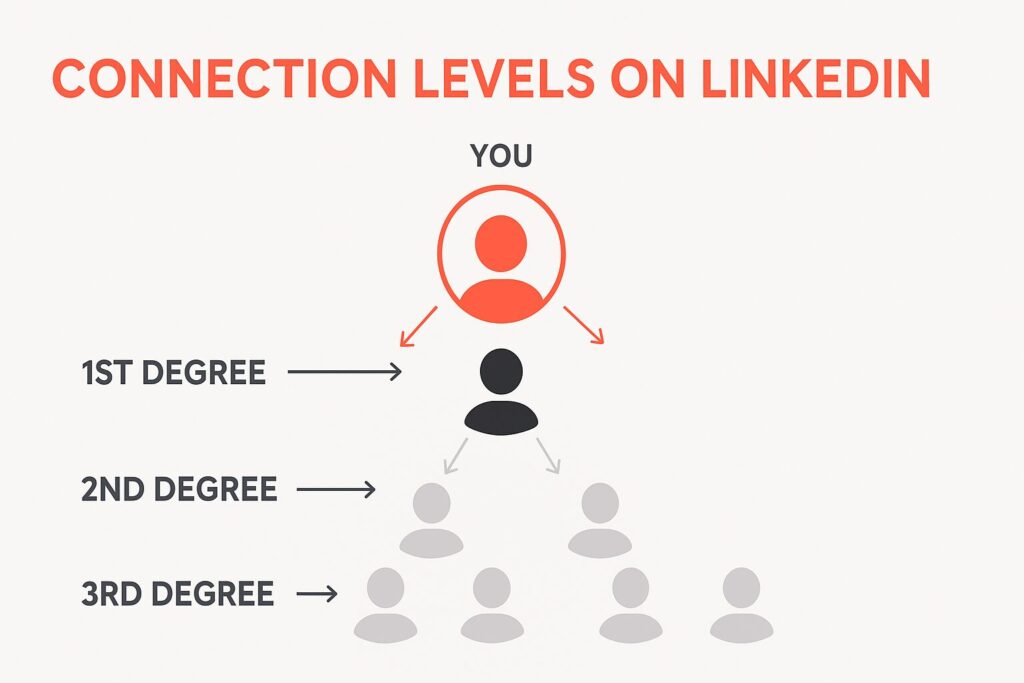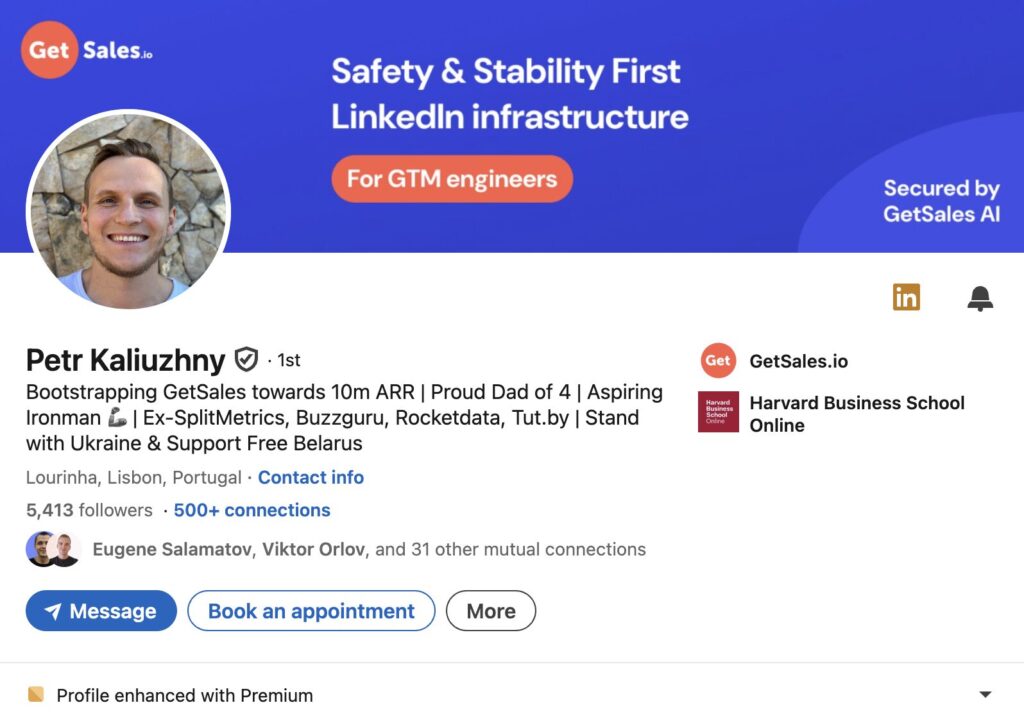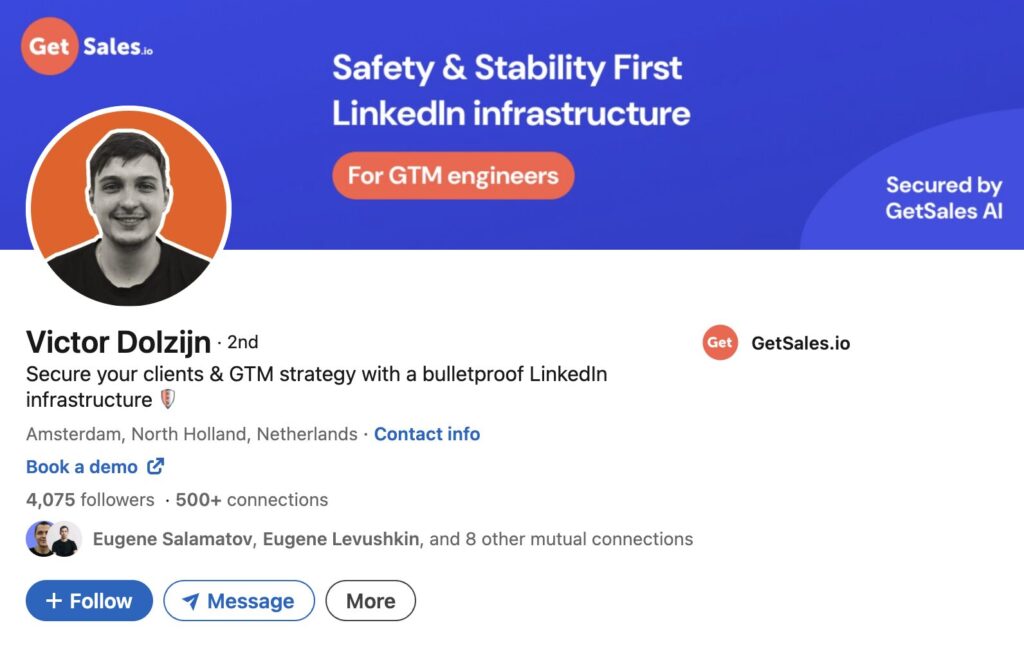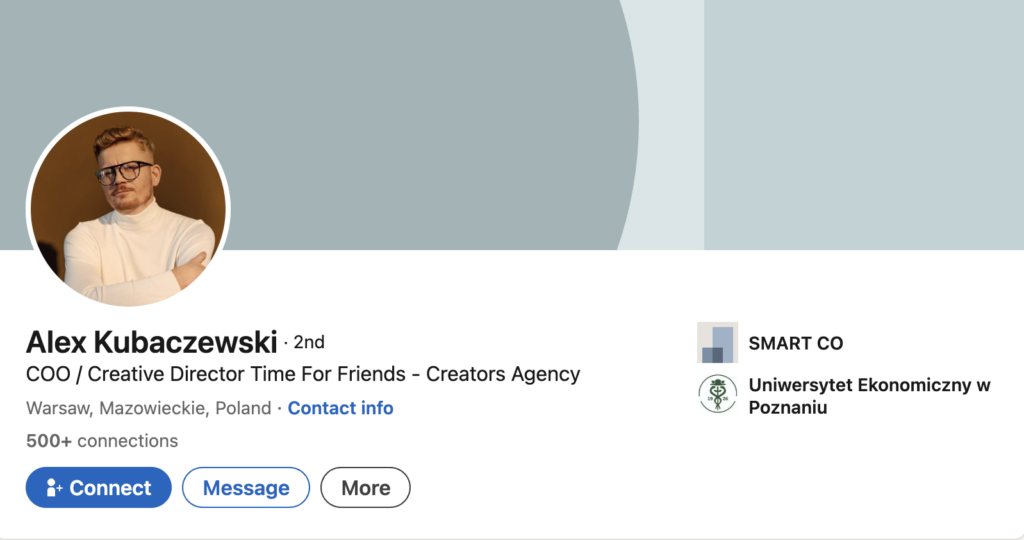Introduction: The Concept of LinkedIn Connections
LinkedIn is the network of choice for professional networking, allowing people to get connected for jobs, partners, and market data. One question that comes up a lot is, “What do 1st, 2nd, and 3rd connections really mean?” These are extremely helpful in determining how you engage with others on LinkedIn, so it’s good to know.
In this article, we’ll break down the meaning of 1st, 2nd, and 3rd-degree connections, explain what “3rd+” means, and discuss how these categories impact your ability to grow your network and connect with the right people.


What Does 1st, 2nd, and 3rd Mean on LinkedIn?
LinkedIn categorizes connections into three primary levels: 1st, 2nd, and 3rd degrees. These represent different levels of proximity or distance between you and another individual. Let us find out what each represents.
1st Degree Connections: Directly Connected
Your 1st-degree connections are the people to and from whom you’re directly connected on LinkedIn. They are the ones you’ve either sent connection requests to or accepted connection requests from. You can talk to them freely, send them messages, and comment on their posts.
How to Interact with 1st-degree Connections:
- Send LinkedIn direct messages.
- Comment on their posts in your feed.
- Endorse their skills or provide a recommendation.
Definition: A friend that you know in person and have connected with on LinkedIn is a 1st-degree connection. (the “1st connection” icon is not visible, but we have a blue “Message” button)


2nd Degree Connections: Friends of Friends
A 2nd-degree contact is someone who is connected to one of your 1st-degree contacts, but you have not been directly connected to them yet. Essentially, they are one step removed from your circle. You can request an introduction through your shared acquaintance to facilitate the connection.
How to Engage with 2nd-degree Contacts:
- Request an introduction from someone you share in common.
- Follow them so you’re aware of their activity.
- Send an InMail message (if you’re a Premium member).
Example: You might want to connect with someone who works in your industry and is connected with one of your coworkers. You can request that your coworker make an introduction.


3rd Degree Connections: The Expanded Network
3rd-degree contacts are those who are connected with your 2nd-degree contacts. They are two steps removed from you. While you cannot message them straight unless you share a common connection or have LinkedIn Premium, they still deserve a try to leverage your network.
How to Engage with 3rd-degree Contacts:
- Send them a connection request in order to befriend them.
- If you have LinkedIn Premium, you can send an InMail.
Example: Let’s say you’re interested in a potential business partnership with someone who is connected to one of your 2nd-degree contacts. That individual would be a 3rd-degree connection.


What Does 3rd+ Mean on LinkedIn?
You might also see the “3rd+” used when browsing through profiles or search results on LinkedIn. This refers to people who are greater than three degrees away from you. Essentially, 3rd+ connections are people who are even more out in your wider network.
While it might seem to be a challenge to establish 3rd+ connections, they are a valuable asset to have in terms of expanding your professional network. It’s typically best to leverage mutual connections to ask for introductions.
Ways to Connect with 3rd+ Connections:
- Seek out common connections who can introduce you.
- Use LinkedIn InMail (if you’re a Premium member) and send them a direct message.
Why It’s Important to Know About LinkedIn Connections
Knowing 1st, 2nd, and 3rd-degree connections on LinkedIn simplifies the use of the site for networking and relationship-building. They control how you collaborate with others and what you can do to expand your professional network.
The Power of 1st-Degree Connections
1st-degree connections are your closest and most immediate contacts on LinkedIn. They are within your immediate circle and thus the ideal people to approach directly. Nurturing these contacts could lead to partnerships, job referrals, or business opportunities.
The Value of 2nd-Degree Connections
2nd-degree connections work well because they are an organic step removed from you. Your common ways of connecting allow introductions, so it is not as difficult to make a business connection. They might be in influential positions or companies that you would prefer to connect with.
3rd-Degree and Beyond: Reaching Out
Whereas 3rd-degree contacts are more distant, they are still within your wider network. Attentively expanding your connections and introducing 3rd-degree (even 3rd+) members widens the scope of your network and brings in new possibilities, industries, and collaborations.
| Connection Level | How to Engage | Key Actions |
| 1st Degree | Directly Connected | Send direct messages, comment on posts, endorse skills, provide recommendations |
| 2nd Degree | Friends of Friends | Request an introduction, follow them, send InMail (Premium) |
| 3rd Degree | The Expanded Network | Send connection requests, send InMail (Premium), leverage mutual contacts |
| 3rd+ Degree | Even More Distant Connections | Seek mutual connections for an introduction, send InMail (Premium) |
Building Your LinkedIn Network: Tips
LinkedIn networking is more than sending invitation requests. Below are a few simple tips to assist you in maximizing your connections:
- Personalize Connection Requests: As opposed to sending a standard message, always personalize connection requests. Refer to why you would like to connect or how you know them.
- Engage Actively: Don’t wait for others to reach out to you. Be proactive in interacting with your contacts by posting comments on their status updates or adding relevant items. This keeps your network dynamic and engaged.
- Leverage Your Shared Contacts: For 2nd-degree and 3rd-degree contacts, find out if you share common contacts who can introduce you. It is a great icebreaker and builds credibility.
- See LinkedIn Premium: If you want to seriously reach out to 3rd-degree connections, LinkedIn Premium gives you the strength of being able to send InMail messages, which can be a fantastic way of direct connection with people outside your first-hand network.
Conclusion: Working LinkedIn Connections to Grow Your Network
Knowing how LinkedIn’s connection system works is the key to building and expanding your professional network. When you know the difference between 1st, 2nd, and 3rd-degree connections, it’s easier to strategize how to connect with people, expand your reach, and open new doors of opportunities.
Whether you’re looking to find a job, business partnerships, or industry insights, each and every one of your connections on LinkedIn can be an element of your success. Be sure to log in to the site regularly, nurture your relationships, and feel free to venture out beyond those immediately connected to you.
Supercharge Your LinkedIn Networking with GetSales Automation
As you work to grow and strengthen your LinkedIn network, consider taking your outreach to the next level with automation. GetSales offers a powerful solution to streamline your LinkedIn connection process, allowing you to automatically send connection requests, follow up with personalized messages, and track your progress all in one place. By automating your LinkedIn profile, you can engage with 1st, 2nd, and 3rd-degree connections more efficiently, helping you expand your network faster and with less effort. Come join us at GetSales and start automating your LinkedIn profile today!

